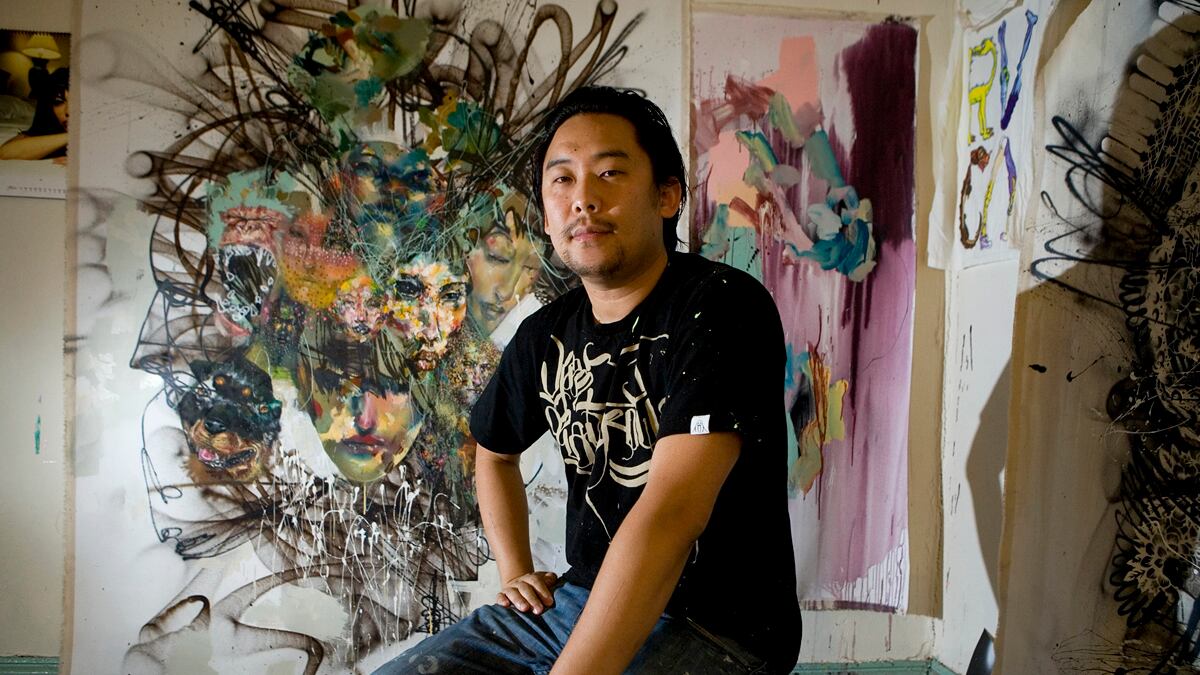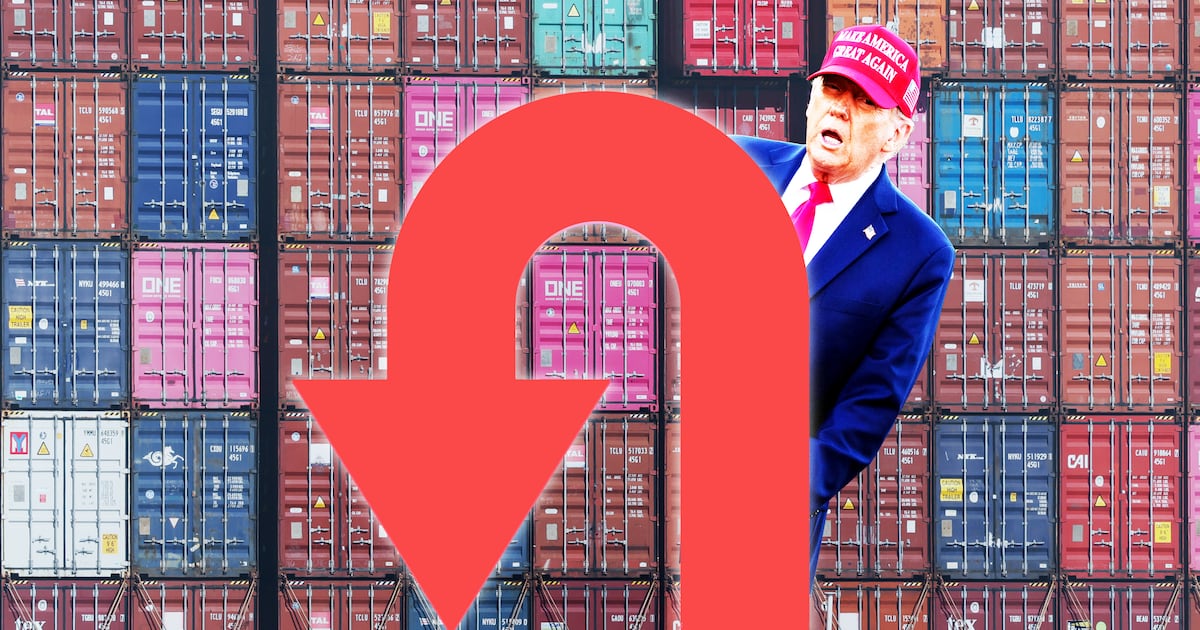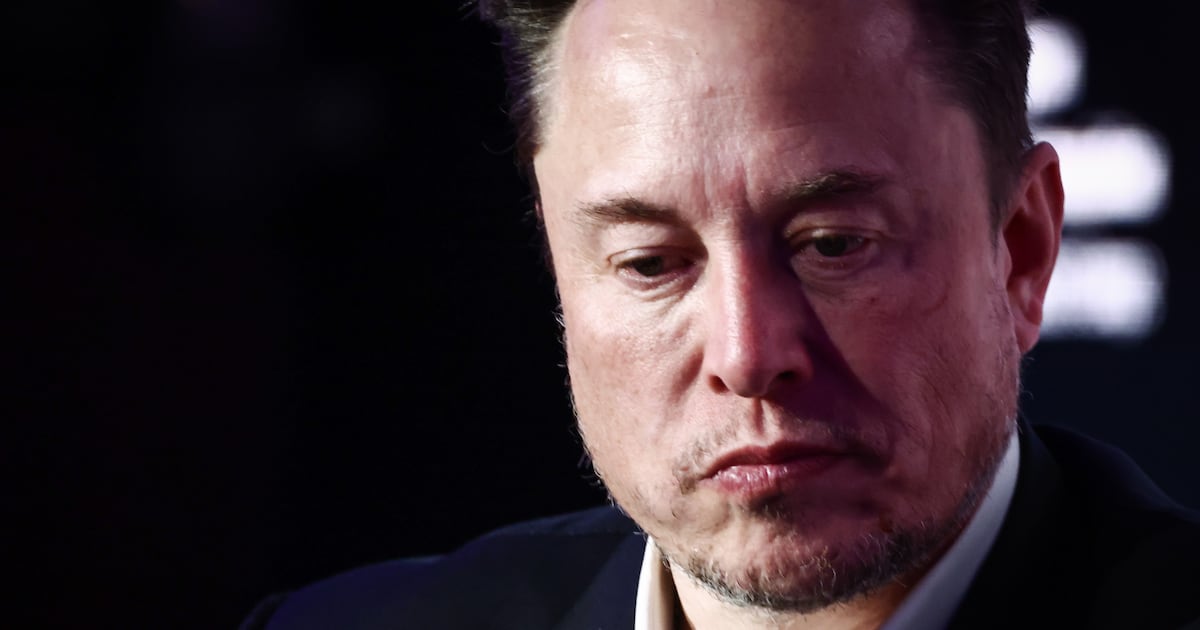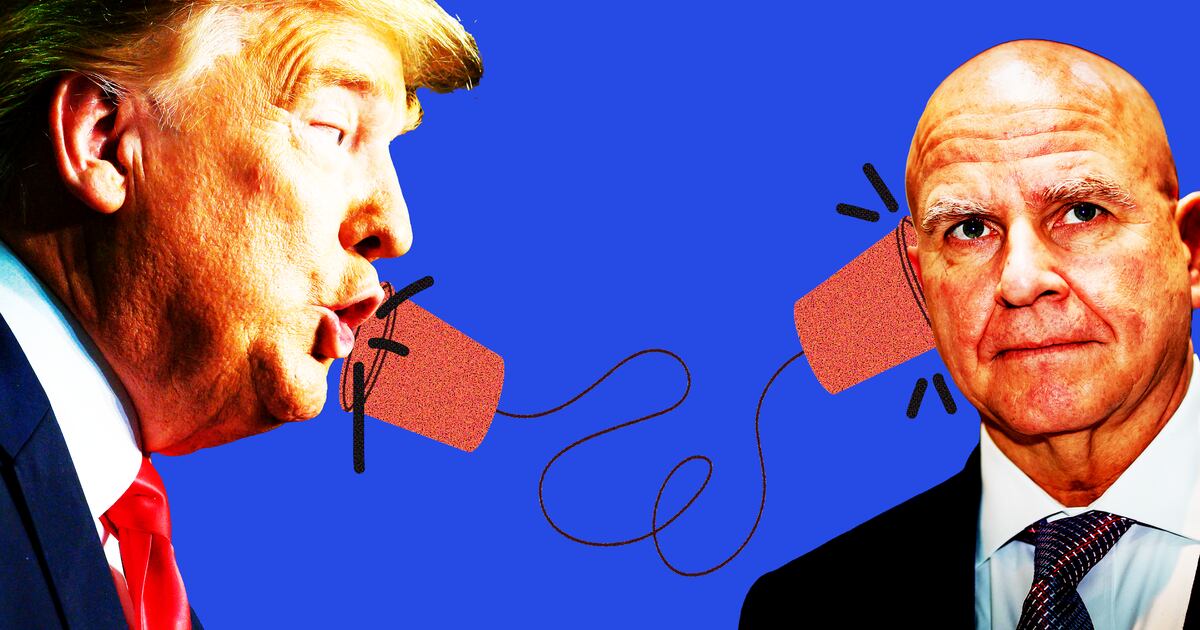David Choe must have had a Kafkaesque morning, waking up to find himself changed in his bed into a monstrous millionaire. Seven years ago, the graffiti artist painted murals on the walls of Facebook’s first offices in Palo Alto, California, and, according to The New York Times, he was paid in stock options in the realm of, reportedly, 3.77 million shares. On Wednesday night, the social network announced that it will seek an initial public offering, and at an estimated $53 a share, you can do the math on Choe’s net worth. (He clearly did.) “Huge Congrats!! David,” a friend wrote on his Facebook wall Thursday morning. “Goddamn, are koreans smart or what!” another posted.
Whatever its other accomplishments, the metamorphosis of Choe’s IOU into millions of dollars immediately addresses the obvious and always-essential question: “Is David Choe a great artist, or the greatest artist?” (You were expecting: “What will you do with the money?” Who cares? It’s not your money.)
The answer, in case you’re wondering, is “$200 million.” Consider that the oil-rich nation of Qatar just bought the most expensive painting ever—one of the Cézanne Card Players—for $250 million. Before this hot-blooded sale, the closest anyone ever came was a $140-million purchase in 2006, and it was a Jackson Pollock. A de Kooning sold for $137.5 million in the same bullish, pre-recession year; a Klimt, too, for $135 million. Van Gogh is up there, and so is Renoir. And Picasso. And Warhol. It’s quite good company, and Choe is right up there, with the silver medal. (Although, to be fair, Choe's work wasn't sold in auction, and there's little way of knowing whether other privately owned art ever changed hands secretly for much more money than that.)
Born in Los Angeles in 1976 to Korean immigrant parents, Choe told online magazine Pixelsurgeon that he was introduced to graffiti when he was encouraged to channel his teenage anger—hitherto exhibited through bike thefts and shoplifting—by spraying graffiti on bus benches and alleyways. He began drawing at an early age, and in an autobiographical essay in his 2010 monograph, he wrote that “in my art class frank sinatra’s grand daughter [sic] sat to my right and sammy davis jr.’s adopted son sat to my left.” From the text, one gets a sense of his ambivalence toward his Korean heritage and an urge to justify a destructive proclivity: “I hated everyone and was filled with an intense rage and anger mostly towards Persians and privelleged [sic] kids who didn’t understand humility. … The idea of anarchy ruled me … 2 weeks later it all came true.”

What happened two weeks later was a little affair called the 1992 Los Angeles riots. Choe said that he and his brothers looted and set a van on fire. (“Stores were raped to the ground.”) Little did he know that his own parents’ business had also burned down that day, and he wrote that he “spent the next few years on welfare.”
Anyone who has seen the film Exit Through The Gift Shop would be familiar with the delinquent nature of street art—a nature that seems more definition than cliché, though that really ought to bear scrutiny. Not that Choe dispensed with self-scrutiny—it’s just that he seems to have taken the cliché and ran with it. Over the years he channeled as much of his energy into official art training (at the California College of Arts and Crafts) as getting into trouble (a week in jail for doing graffiti in Oakland, three months in a prison in Japan for punching an undercover security guard). Along the way he picked up a taste for comics, the inescapable culture of sex in L.A. (photos and posts on his Facebook wall show he’s close friends with pornographic film stars), and gambling. Choe, like Andy Warhol before him, became a successful commercial illustrator, making drawings for magazines and music albums (he did the cover art for Jay-Z and Linkin Park’s 2004 Collision Course). And like his graffiti predecessor Shepard Fairey, whose “Hope” graphic became iconic, Choe made his own “Hope” poster of President Obama, which is said to be hanging in the White House.
All these elements put Choe somewhere in the center of L.A.’s congested street scene, perhaps no more and no less striking than most other graffiti artists. But his biggest gamble came after accepting a mural commission from infamous Hollywood madam Heidi Fleiss, when in 2005 he accepted a similar offer from Sean Parker, the cofounder of Napster and then the president of a little startup in Palo Alto that needed decorating. For this assignment, Choe employed a slightly unfinished style, covering only parts of walls with his signature erotic women, but also layering the “superflat” palette of Japanese artist Takashi Murakami on some of the drawings. Surreal, nonsensically comic figures also feature prominently.
The gamble, however, wasn’t in the style—to say that Choe has a style the same way that de Kooning has one is to be ridiculous. It was in the payment, since instead of taking cash in the thousands, he took stock options then worth only thousands.
All of which brings us to this here mess, which is that an artist was essentially paid $200 million for a series of spray-painted wall decorations. Such a feat, as many have observed, would top the record set by Damien Hirst in 2008, when the British iconoclast completely sold off the some 200 items comprising his show, Beautiful Inside My Head Forever, for $198 million, which was unheard of for an auction for a single artist. (“Hirst’s got nothing on you!” read one comment on Choe’s wall.) The Hirst affair muddies the efforts to dismiss the Choe murals as an anomaly. Rather than one irrational transaction (Parker’s), what characterizes Hirst’s show was a frenzy of irrational transactions. Facebook has money to burn, and so do overzealous British buyers.
However, there are significant differences to Hirst and Choe that help collapse the comparison. For one, Hirst’s work has the excuse of being made up of already-expensive materials: many dead animals, like a tiger shark and a horse, in tanks of formaldehyde; and The Golden Calf features 18-carat gold horns and hooves. And even though no one could have predicted Hirst’s show would have sold so well, in Choe’s case it was not that the murals were overpriced, but that no one could have ever thought Facebook stock options would be worth so much. It almost had nothing to do with the murals and the fact that Choe painted them—it just so happens it was him.
Yet what is at issue is not that works of art were sold for too much—the hyperventilated market has already seen to that. It is that art, although sometimes a commodity, cannot be reduced to only a commodity. The price tag surely matters, but it tells us a lot more about the state of the times than about the merit of the art.





